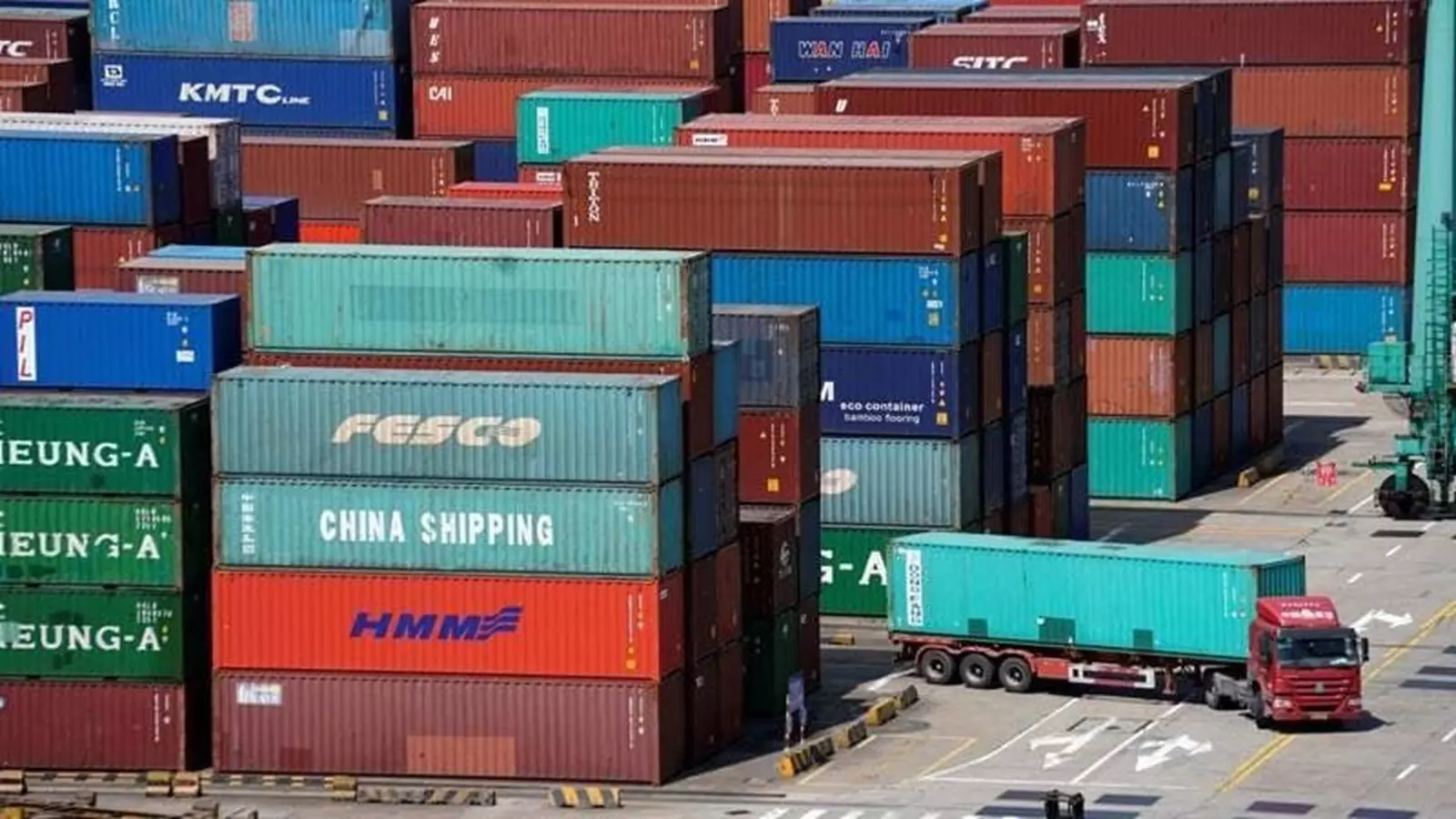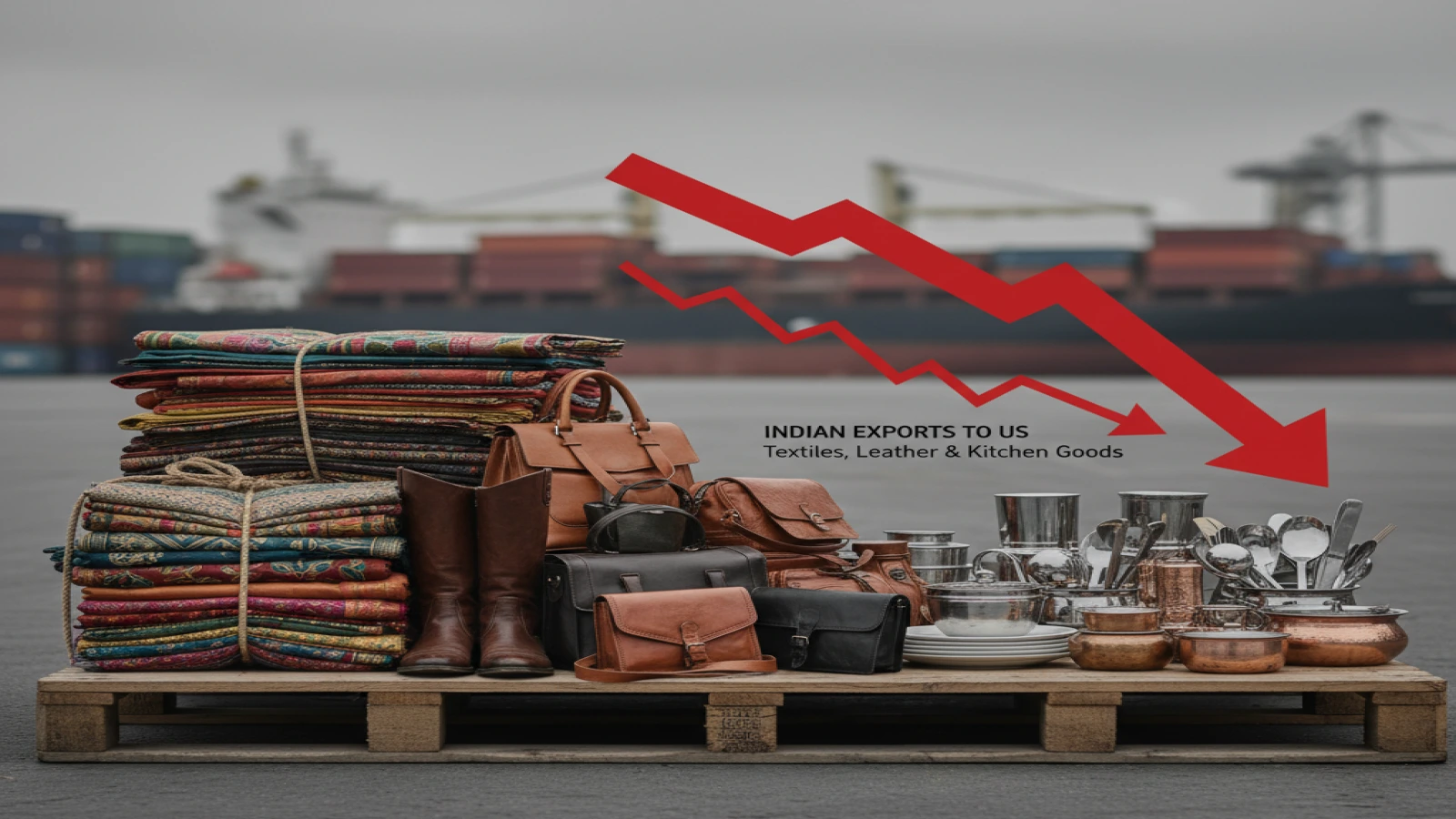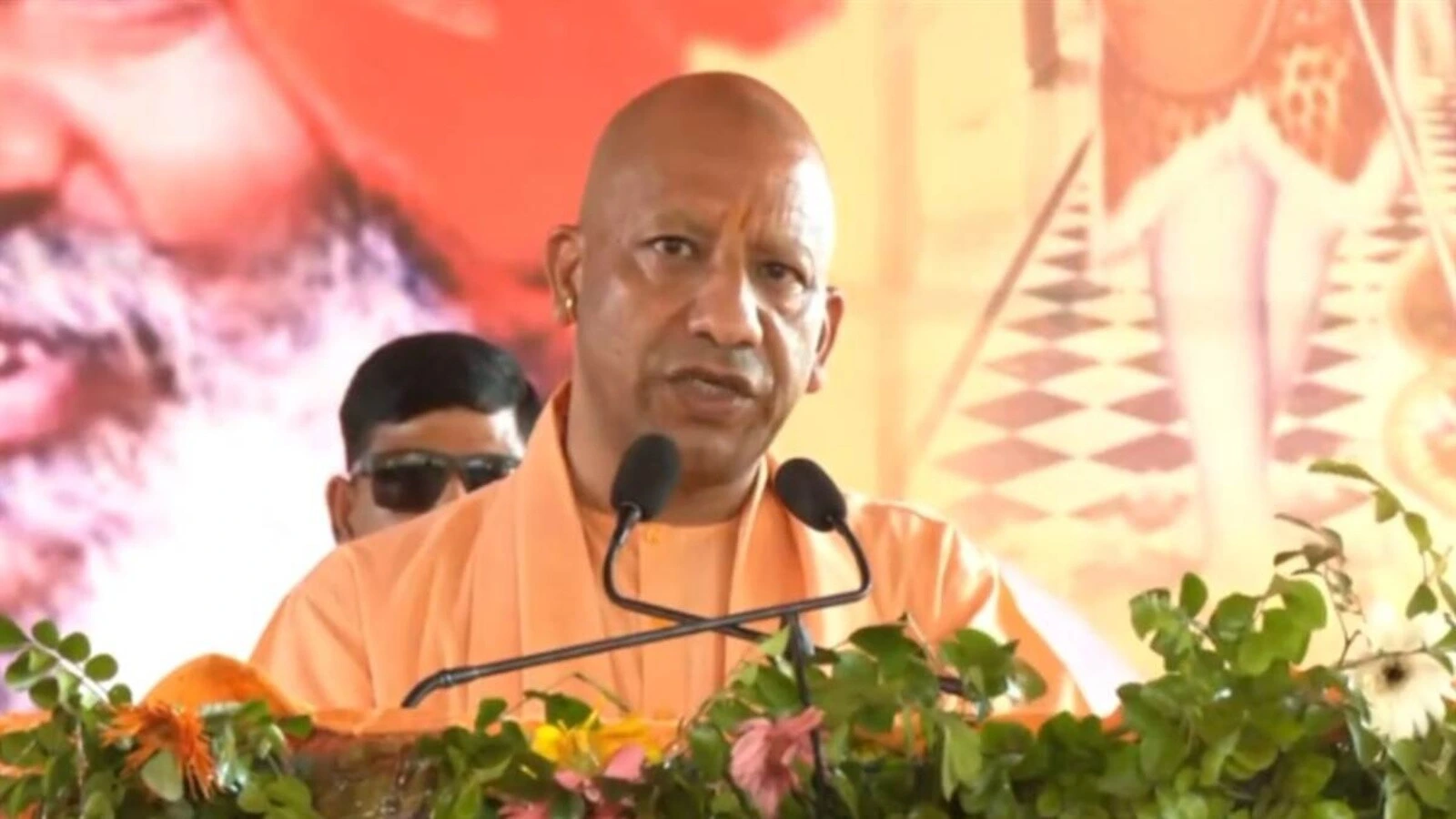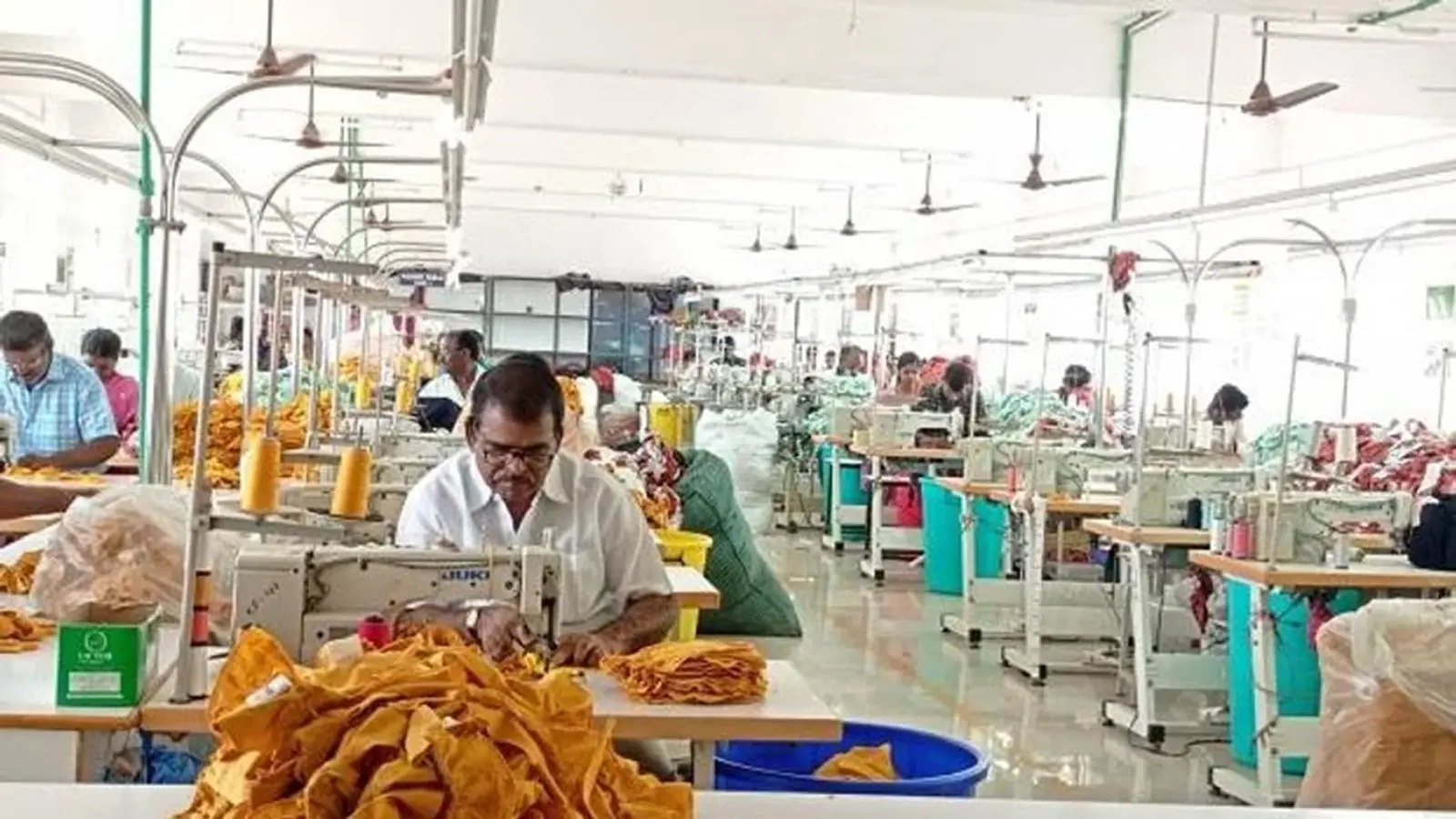- Home | Industry Update | The Alarming Clogging Of Nepali Rivers With Textile Pollutio...
The Alarming Clogging of Nepali Rivers with Textile Pollution

Nepal's rivers are facing an environmental crisis, with extensive field research by Tansy Hoskins and Arun Karki for Eco Age revealing that 6,000 rivers, once drinking-water quality, are now visibly choked with brightly colored textile waste. The Bagmati River and its tributary Dhobi Khola are among the most severely affected, their banks heavily laden with this pollution. Although Nepal has prohibited the import of used clothing, a flood of cheap new garments, largely from China and India, has simply overwhelmed the country's waste systems.
The majority of ready-made garments entering Nepal come from China, with India supplying the second-largest portion," stated Bhim Kumari Giri of the Garment Association, as reported by Eco Age.
Beyond commercial imports, religious customs also contribute to the crisis; funeral rituals often involve discarding clothing and household textiles directly into rivers. Compounding this, the Banchare Danda landfill continues to accept toxic textile waste, polluting what was once pristine farmland and impacting food cultivation.
Despite contributing a mere 0.027% of global greenhouse gases, Nepal faces a disproportionate burden, ranking as the fourth most climate-vulnerable country. This harsh reality is palpable on the ground, as slow fashion advocate Alpaja Rajbhandari lamented, "It really feels sad to see clothes thrown in the river after the last floods it was horrible."
10:25 AM, Jun 11
Source : The Alarming Clogging of Nepali Rivers with Textile Pollution
Other Related Topics

















1.webp)












1.webp)


1.webp)



























.webp)










1.webp)
1.webp)



























_large1.jpeg)


















.png)



.jpg)










1.jpeg)
